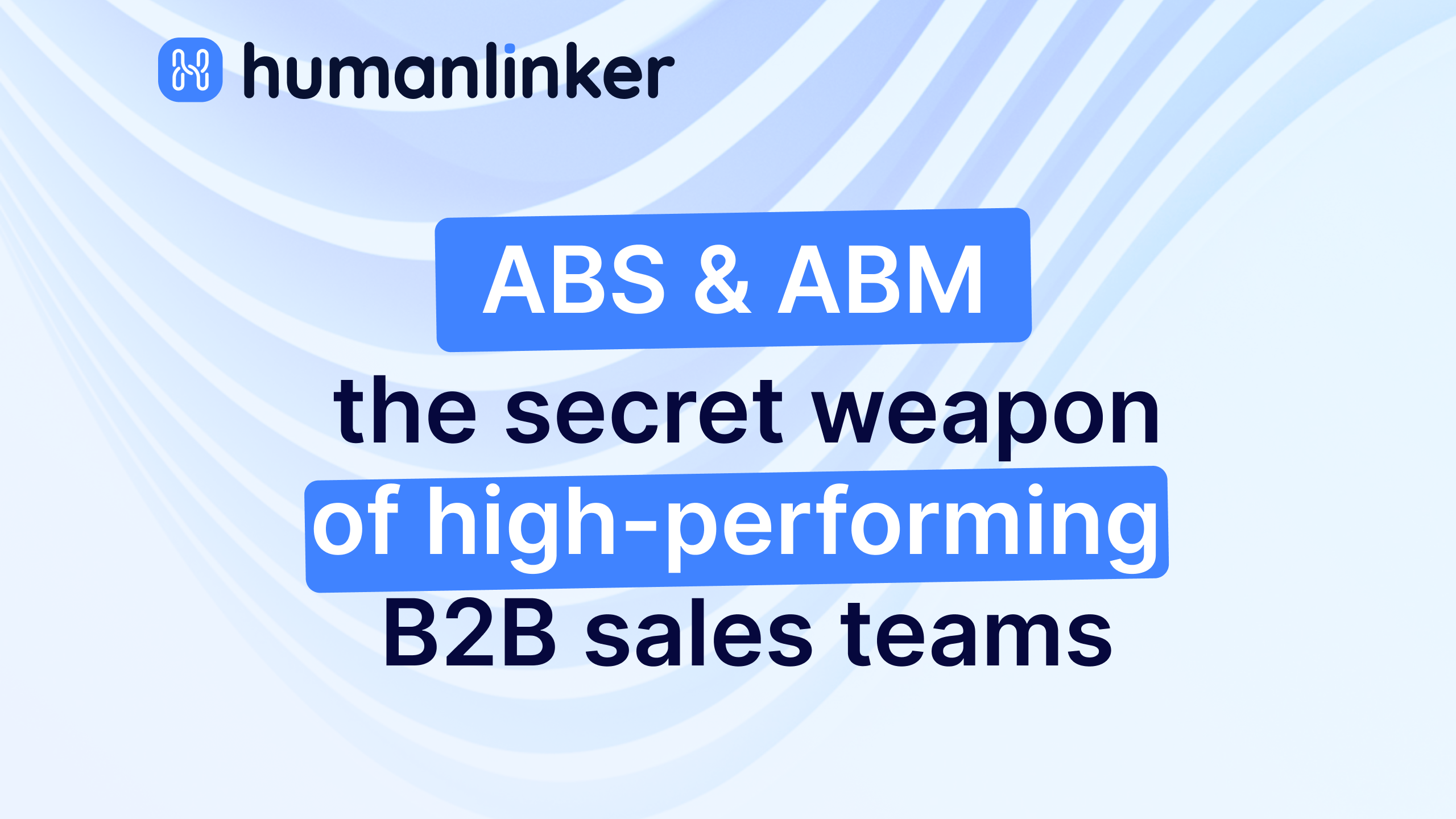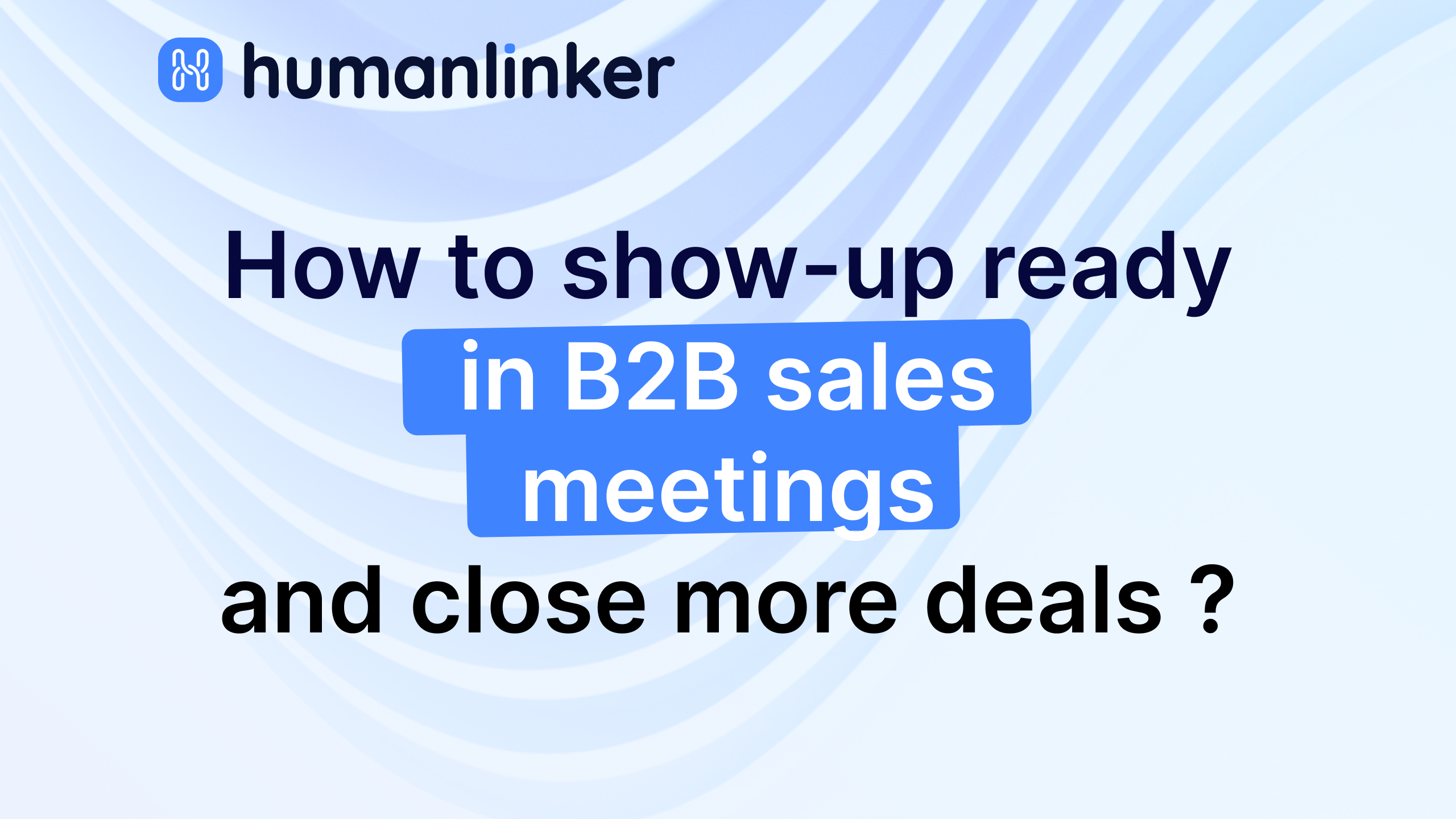Copywriting: Framework AIDA vs BASHO

What is a copywriting framework?
When writing content, it's important to understand the significance of using relevant keywords and precise phrasing to improve the comprehension of your message. A well-crafted copy can increase reader engagement and motivate them to act.
A copywriting framework is an essential method that assists copywriters in quickly organizing their ideas. By following a set of step-by-step guidelines and templates, you can logically and systematically arrange your ideas to captivate your target audience.
A copywriting framework is an essential method that assists copywriters in quickly organizing their ideas. By following a set of step-by-step guidelines and templates, you can logically and systematically arrange your ideas to captivate your target audience.
As a result, you can create persuasive and practical content to achieve your business objectives.
Selling isn't just about offering a product or service. It's also about understanding customers, their personalities, and needs, so you can tailor your sales approach to their preferred communication style.
As a result, you can create persuasive and practical content to achieve your business objectives.
These frameworks are often used to create landing pages, marketing and sales emails, advertisements, sales pages, and other marketing, sales, or support content.
AIDA Technique Method
The AIDA method is a framework used to persuade potential customers to do something, such as purchasing a product or subscribing to a service. AIDA stands for Attention, Interest, Desire, and Action: this method's four steps.

- A for Attention: It's about grabbing the potential customer's attention with catchy headlines, striking images, or memorable slogans. The goal is to pique their curiosity and encourage them to learn more.
- I for Interest: This step aims to generate interest by presenting the benefits and features of your product or service.
- D for Desire: It's about creating a desire in the potential customer by describing your product or service's unique benefits and advantages.
- A for Action: It's about prompting the potential customer to undertake a specific action.
How to use AIDA
- Step 1: The hook is the first element... (and continue as per your content)
- Step 2: To create curiosity and interest...
- Step 3: Next, to create desire...
- Step 4: For copy to be effective...
The hook is the first element
The hook is the first element, whether textual or visual, whose role is to attract attention and increase interest to make the reader want to continue reading. It is the basis of any commercial approach. Remember that you only have a few seconds to grab the recipient's attention. Do this through:
- Eye-catching email subject lines
- Having an ultra-powerful hook sentence
- Referring to comments, posts, videos by the person, something that directly connects to the person
In reality? For emails, your opening subject line should be as engaging as your one-on-one human interactions. And yet 99.9% of everyday email subject lines are:
- Very short (<2 words)
- Casual
- Vague
It is crucial to provide your recipient with the necessary information for understanding the subject matter. A lack of context will result in your email not being read.
To create curiosity and interest
To create curiosity and interest, it is essential to state a specific problem with enough images and empathy to enable them to visualize it and send the signal that you understand their distress. This step aims to engage your target audience by offering simple, straightforward, original information.
This phase of the prospecting process requires you to know your target audience well, including their deep pains, issues, needs, and expectations. Your prospect must see themselves in the content of your message.
- Personalize the message by presenting your offer as a perfectly adapted solution to the prospect's problem at the moment
- Play on emotions such as empathy or evoke emotions to further anchor your message
To create desire
Next, to create desire, you must make your prospect understand you have the solution to their problem. You will also need to overcome their objections and fears to remove any barriers that could hinder the desire you have created, and thus move on to the last step of this sales process.
You can now list the benefits that will encourage your prospect to take action:
- Save time, save money, increase efficiency
- Your product or service provides an adequate solution to the prospect's problem
- Clearly explain the benefits by comparing the results obtained before and after on similar use cases
To be effective
For copy to be effective, it must target one and only one action at a time. This action must be clearly stated by an explicit request that is adapted to the previous message. For example, do not send a demo request to a prospect in the first email.
Suppose the requested action is too costly in terms of time, energy, or money for a poorly qualified audience. In that case, it could have adverse effects on your attribution model.
Instead, try using other levers to encourage conversion and highlight scarcity, urgency, attractive pricing, or being part of a community.
When to use AIDA
The AIDA method can be used to write any commercial message to compose an effective marketing message. It can be applied to various types of content, such as emails, landing pages, newsletters, ads, etc.
Use cases for AIDA:
"Hello [first_name],
Based on what we have observed with other commercial organizations, your sales reps are wasting 15-20% of their time searching for or creating marketing content. This represents a significant amount of time spent away from core selling activities.
- [solution]
Sales reps report that this helps less successful reps share relevant content with your key personas.
Could you spare 15 minutes to learn more?
Best regards,
BASHO technique
If you work in sales, you've probably heard of Basho emails. These personalized emails have become a popular way for salespeople to reach out to potential customers and stand out.
But what exactly is a Basho email, and how do you write one that elicits a response?
A Basho email is a hyper-personalized email designed to capture a prospect's attention and convey a message in just a few words. It's not a template or a copy-and-paste job but a unique message tailored to the recipient.
Basho emails are effective because they show that you've taken the time to research and understand your prospect. They demonstrate that you're not sending a generic sales pitch to hundreds of people, but that you genuinely want to start a conversation with this particular person.
The goal of this framework is similar to cold emails in that the objective is to start a conversation that leads to a meeting or phone call.
According to Salesfolk, Basho emails have an average response rate that is 80% higher than any other framework. 88% of people are more likely to respond to an email that is specifically targeted at them. Basho emails are highly personalized, so they also have a higher response rate than other types of sales messages. Basho emails - hyper-personalized messages allowing you to connect with anyone if done correctly - can be excellent tools.
How to use BASHO
Writing a Basho email that gets results takes a bit of research and creativity, but the results can be worth it. Here are some tips for writing a Basho email:
- Do your research. Before writing your message, take the time to research your prospect. Look for information on their company's website, LinkedIn profile, and other social media channels. Find out their pain points and how your product or service can help solve them.
- Connect. Include references to shared interests, comments on LinkedIn posts, or any other information to help establish a connection with the recipient.
- Keep it brief. A Basho email should be at most three or four sentences long. Get to the point quickly and concisely.
- Personalize it. Use the prospect's name and mention specific details you discovered during your research. This shows that you've taken the time to understand their business and needs.
- Make it relevant. Explain why your product or service is relevant to the prospect's business and how it can help solve their problems.
- Include a call to action. End your email with a clear call to action, such as a request for a meeting or a phone call.
- Start with a bang. The subject line of your email is the first thing your prospect sees, so it's essential to write it well if you want your email to be effective.
When to use BASHO
BASHO emails are a great way to connect with prospects and start conversations. Although they require some extra effort, they can be very effective:
- If you have low volume but want a quick response from your recipient.
- If you're targeting someone who receives a lot of commercial solicitations and you want to stand out.
BASHO Use Cases:
Here are some BASHO email templates:
"Hello [Prospect Name],
I just read your [article/blog/podcast] on [site name] about [subject], and I enjoyed the points you raised about and [y].
I'm reaching out because I'd like to learn more about [specific point]. This is something that my company, [company name], solves for and has experience with.
Would you be open to a call to discuss further?
Best regards,
"Hello [Prospect Name], I noticed that your company recently launched a new line of products and wanted to ask if you might be interested in learning how our [Product/Service] can help you increase sales. Are you available for a 15-minute call next week? Best regards,
"Hello [Prospect Name], I noticed that your company recently launched a new line of products and wanted to ask if you might be interested in learning how our [Product/Service] can help you increase sales. Are you available for a 15-minute call next week? Best regards,
Make sure your text stands out! Your response rates will be well worth the effort. There is no magic formula, but if you follow the models above and step-by-step framework, you can quickly see improvements.
In summary, copywriting is a crucial element in your sales prospecting strategy. By crafting compelling and personalized messages, you can grab the attention of your prospects and motivate them to respond positively to your calls to action.
Good copywriting can make the difference between a prospect who ignores your emails and a prospect who takes the time to engage with you and schedule a meeting. By applying copywriting techniques, you can increase conversion rates and improve prospecting results.
The more effort you put into your copywriting, the more responses you will receive to your emails, and the better your return rates will be. There is a fine line between a well-crafted email and a too-pushy message. This is a concept that copywriters often need to remember.
Some salespeople combine prefab messages with a BASHO approach, which can work. It’s always a good idea to use a framework that is tailored to their goals.
However, remember that the most valuable prospects probably receive quasi-BASHO emails regularly. They feel less personalized when every sales rep mentions the same things. This is the worst thing that can happen to you. If your text has already been seen, you will be immediately dismissed.
Looking to learn more about cold email campaigns?
Check out these guides:
- 21 Buying Signals To Use in Your Outbound Sales
- Experts Insights on Consultative Sales: Quick explanation
- Single interlocutor Syndrome

AI in B2B sales: the top trends to improve conversion and customer retention

When ABS Meets ABM: The Power Duo to Transform B2B Sales




Find out in 30 minutes how Humanlinker can help you achieve your goals.



